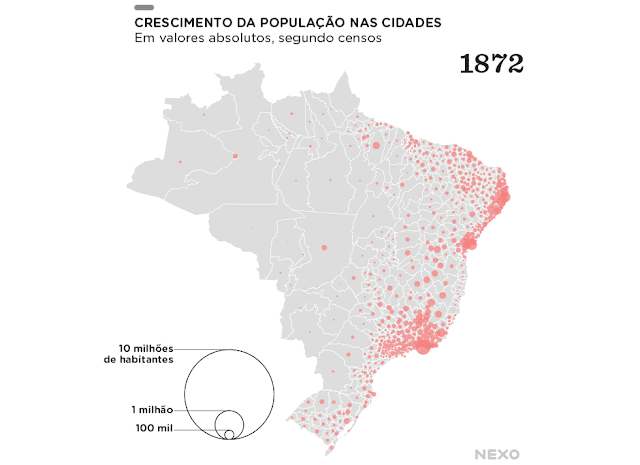Hi all, the 1st paper of my thesis is now published \o/. You can download it
here. If you cannot access the PDF, just let me know and I'll send it to you.
Here is a summary of the paper:
What's it about?
As I've mentioned before in the blog, this is a review paper on distributive justice in transportation, particularly focused on transport accessibility and social exclusion. While transport planning has been traditionally concerned with improving the efficiency of transport systems, this paper argues why policy makers and researchers should take issues of equity more seriously and it discusses how justice could be considered in evaluating the distributional aspects of who benefits from transport policies and investments.
In short, the paper:
- reviews how issues of equity and social exclusion have been covered in the transport and mobilities literatures
- reviews five key theories of justice (utilitarianism, libertarianism, intuitionism, Rawls’ egalitarianism, and Capability Approaches) and critically evaluates the insights they generate when applied to transport
- proposes a distributive justice framework for policy evaluation, with a focus on transport accessibility and social exclusion
Core ideas of the paper
In the final part of the paper, we build a dialogue
between Rawls’ egalitarianism and the Capabilities Approach to propose that distributive
justice concerns over transport disadvantage and social exclusion
should focus primarily on accessibility as a human capability. This
means that, in policy evaluation, a detailed analysis of the
distributional effects of transport policies should take account of
the setting of minimum standards of accessibility to key
destinations and the extent to which these policies respect
individuals’ rights and prioritise disadvantaged groups, reduce
inequalities of opportunities, and mitigate transport externalities.
A full account of justice in transportation requires a more
complete understanding of accessibility than traditional
approaches have been able to deliver to date.
As you will have noticed, there are five key points developed in the paper. I should try to unpacked them in another post in the future.
- Focus on accessibility as a human capability
- Minimum standards of accessibility to key destinations
- Respect for individuals’ rights
- Prioritization of disadvantaged groups and reduction of inequalities of opportunities
- Mitigation of transport externalities
Practical implications
For now, I close this post with some of the practical implications of the ideas proposed in the paper:
- "Some of the practical implications of this perspective can be illustrated with issues that
commonly arise in cities with investments in public transport (e.g. metro and bus rapid
transit developments) and cycling/walking. These types of investments can be good
ways to prioritise transport modes which are more widely used by low-income classes.
To be considered fair, however, these investments should not override the social rights
of families threatened with eviction due to the infrastructure projects. The distributional
effects of such investments should be evaluated in terms of the extent to which they
reduce inequalities in transport accessibility, particularly by improving the accessibility levels of low-income public transport-dependent groups to key destinations such as
employment opportunities, healthcare, and education services. According to this
approach, the design of those transport projects (including the design of vehicles, stations,
cycle paths, etc.) must be inclusive towards social groups such as the elderly and disabled
in order to minimise the impact that non-chosen disadvantages have on people’s capacity
to access activities. Moreover, this perspective also calls for complementary policies that
discourage car use (e.g. congestion/parking charge and fuel tax) in highly congested
and polluted areas to mitigate the negative externalities imposed by drivers on everyone
else, particularly on vulnerable populations" p.15-16
I will be glad if some of you have read this far without falling asleep.













